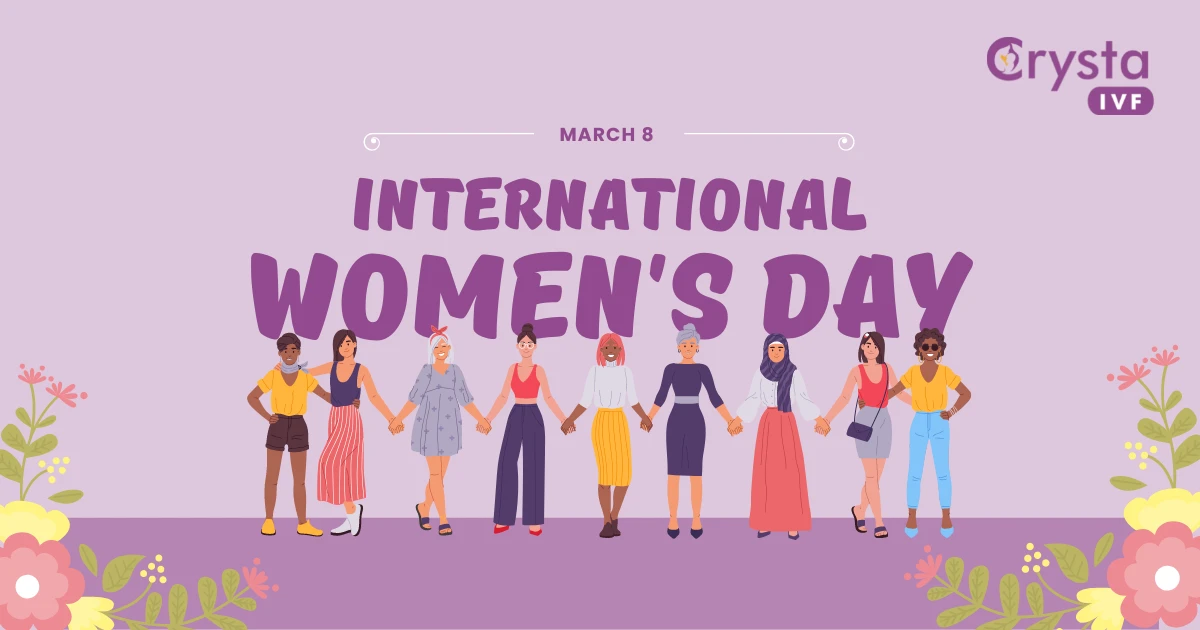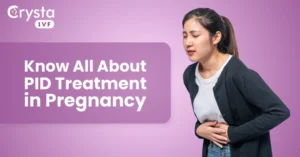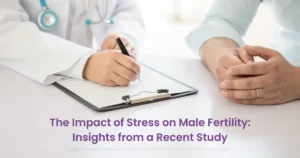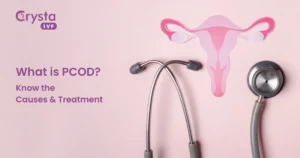International Women’s Day is a day to celebrate the strength, resilience, and accomplishments of women everywhere. As we take a moment to honor all the progress made, let’s not forget the obstacles that still exist, such as infertility and reproductive health.
Unfortunately, there’s a lot of misinformation out there, which can be confusing and stressful for women who are trying to conceive or simply trying to stay healthy.
As we celebrate International Women’s Day this year, it is essential to separate fact from fiction and shed light on the truth about infertility and reproductive health.
In this blog, we will address common myths and issues surrounding infertility and reproductive health to empower women with accurate information and help them make informed decisions about their health.
Fiction: Infertility is always a woman’s problem
Fact: Infertility can be caused by male or female factors or a combination of both. While women are often the focus when it comes to infertility, it’s important to recognize that men can also experience infertility.
Factors that can contribute to male infertility include low sperm count, poor sperm motility, and blockages in the reproductive system. Couples should consider both partners’ health when evaluating fertility issues.
Fiction: A woman can have a period while pregnant
Fact: It is not possible to have a menstrual period while pregnant. However, some women may experience light bleeding or spotting during early pregnancy, which is usually not a cause for concern.
Fiction: Periods always last for 28 days
Fact: While the menstrual cycle is often described as being 28 days long, this is just an average. In reality, menstrual cycles can vary from 21 to 35 days or more, and the length of each period can also vary. It’s normal for women to have slightly irregular periods, especially during adolescence or perimenopause.
Fiction: Women shouldn’t exercise during their period
Fact: Exercise can actually be beneficial during menstruation, as it can help reduce cramps, bloating, and mood swings. Moderate exercises, such as brisk walking or yoga, can also help regulate the menstrual cycle and improve overall health.
Women who experience heavy periods or severe cramps may need to modify their exercise routine, but in general, exercise is safe and recommended during menstruation.
Fiction: PCOS only affects women who are overweight
Fact: While weight can be a contributing factor to Polycystic ovary syndrome (PCOS), women of all sizes can be affected by this condition. In fact, some women with PCOS may be at a healthy weight or even underweight. Other factors that can contribute to PCOS include insulin resistance, hormonal imbalances, and genetics.
Fiction: Polycystic ovary syndrome (PCOS) and polycystic ovarian disease (PCOD) are the same thing.
Fact: PCOS and PCOD are often used interchangeably, but they are not the same condition. PCOD is a term used to describe the presence of multiple cysts on the ovaries, while PCOS is a hormonal disorder that can cause a range of symptoms, including irregular periods, infertility, acne, and excess hair growth. While cysts can be a part of PCOS, they are not always present.
Fiction: Women with PCOS can’t get pregnant
Fact: While PCOS can make it more challenging to conceive, many women with this condition are able to have children with the help of fertility treatments or other interventions. Managing PCOS through lifestyle changes, medication, and other treatments can also improve fertility and increase the chances of a successful pregnancy.
Fiction: Infertility is caused by stress
Fact: Stress can affect fertility, but it is rarely the sole cause. While stress can affect the body’s hormonal balance and menstrual cycle, it is usually not severe enough to cause infertility on its own. In most cases, infertility is caused by physical factors, such as blocked fallopian tubes, hormonal imbalances, or male factor issues.
Fiction: Fertility treatments always lead to multiple pregnancies
Fact: Fertility treatments have improved over the years, and multiple pregnancies can be avoided with careful monitoring. While multiple pregnancies can occur with fertility treatments, such as in vitro fertilization (IVF), the risk can be minimized through techniques such as single embryo transfer or with the help of experienced fertility specialists.
Couples should discuss the risks and benefits of fertility treatments with their healthcare provider and choose the approach that is best for their individual situation.
Fiction: If you’re not trying to conceive, you don’t need to worry about your reproductive health
Fact: Reproductive health is important at every stage of life, regardless of whether or not you are actively trying to conceive. Regular gynecological exams and screenings can help detect potential issues early on, and maintaining a healthy lifestyle can also help support overall reproductive health.
By separating fact from fiction, we hope to shed light on the truth about infertility and reproductive health. Infertility can be a challenging and emotional experience, but with the right information and support from fertility experts at Crysta IVF, couples can navigate the process and find the right path forward.
On this International Women’s Day, let’s continue to work towards empowering women to take charge of their reproductive health and to break down the barriers that stand in the way of their fertility and well-being.




